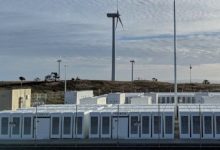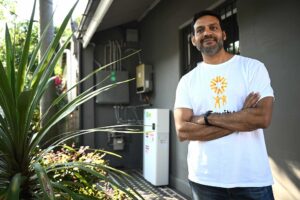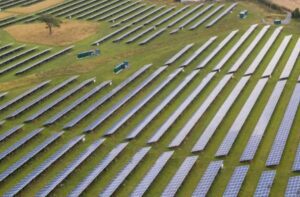Listed renewable energy developer and operator Infigen Energy says its delayed battery storage installation at Lake Bonney in South Australia has been energised, and registered with the Australian Energy Market Operator.
Infigen says in its latest monthly report that the 25MW/52MWh big battery next to the Lake Bonney wind farms should be commissioned by the end of the year.
As RenewEconomy reported earlier this week, the Lake Bonney battery has been repeatedly delayed despite being largely complete – in construction terms – in May. Infigen said in May that it should be commissioned in the September quarter, but more delays pushed it into the current quarter.
The Lake Bonney battery will be the third “big battery” in South Australia, and the second to use Tesla technology. The original “Tesla big battery” was installed at the Hornsdale wind farm by Neoen nearly two years ago, while the Dalrymple big battery was installed last year next to the Wattle Point wind farm by AGL.
Another big battery, at the Lincoln Gap wind farm near Port Augusta, is awaiting commissioning, while a whole series of larger batteries have been proposed elsewhere in the state, including by Sanjeev Gupta in Port Augusta, Neoen at Crystal Brook and South Goyder, and Alinta has signed up for a huge solar and battery project near Robertstown.
Infigen expects the Lake Bonney battery to tap into the frequency control and ancillary services market, help it “firm” up its wind output to secure more contracts in the commercial and industrial sector, and to store excess wind power at other times.
Over the last long weekend, both the Lake Bonney 1 and 2 wind farms were switched off for long periods because the wholesale prices fell well below zero, meaning that the company would have had to pay for others to take the output, rather than store it in a battery.
In September, the output of the three Lake Bonney wind farms was between 16 and 22 per cent below the same month last year, although it was not clear whether this was due to poor wind conditions, transmission issues, or the negative pricing events.








